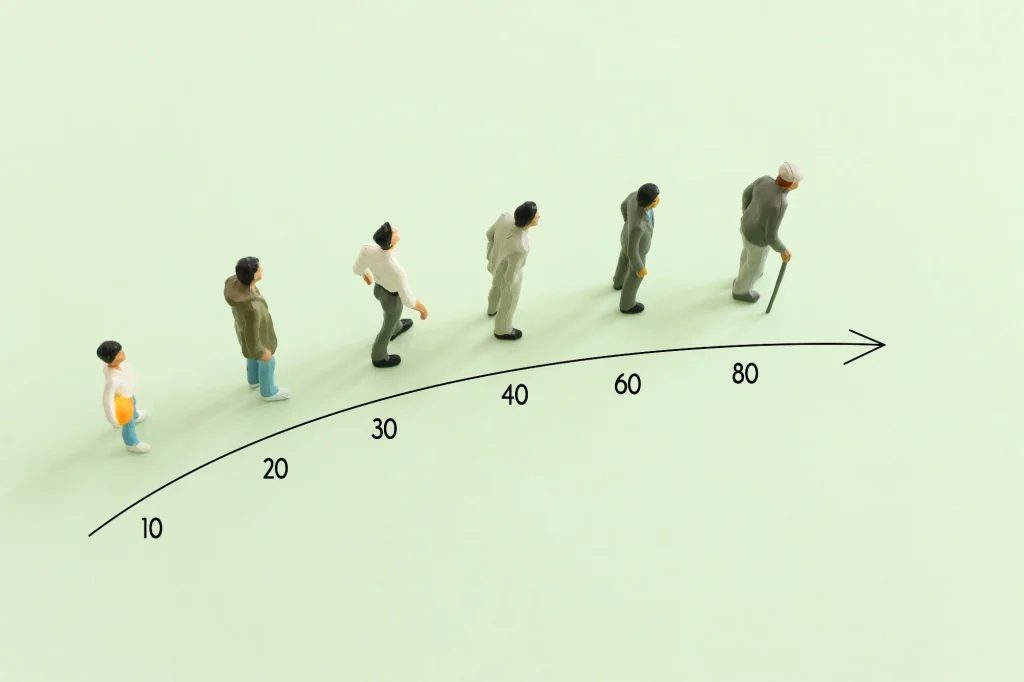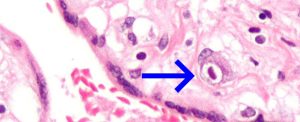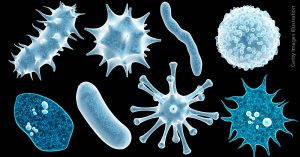As we go through life, we often think of aging as a slow, steady process from birth to death. But have you ever looked in the mirror one morning and wondered when you suddenly started looking older? You might not be imagining things.
New research shows that humans experience two major shifts in aging—one around age 44 and the other around age 60.
Dr. Michael Snyder, a geneticist at Stanford University, explained in August, “We’re not just changing gradually over time; there are some really dramatic changes.” He noted that these significant changes happen around midlife and early senior years, affecting a wide range of biological processes, according to reports by Science Alert.

Aging is a complex process that comes with an increased risk of various diseases. Snyder and his team have been studying how aging works at the molecular level to better understand and address these health risks. They’ve been following 108 adults, collecting biological samples from them every few months over several years.
In their study, they noticed that for conditions like Alzheimer’s and heart disease, the risk doesn’t gradually increase; instead, it sharply rises after a certain age. This led them to examine biomarkers of aging more closely to identify the changes behind this risk.
The team analyzed a vast number of biological features, including RNA, proteins, lipids, and microbiome data (from the gut, skin, nose, and mouth), totaling more than 135,000 biological features. With over 246 billion data points to work with, they looked for patterns in how these features change over time, according to Science Alert.
Previous research in animals had shown similar sharp changes in molecular levels linked to aging. Snyder’s team observed that humans, too, experience major shifts at two key stages: the mid-40s and early 60s. They found that 81 percent of the molecules they studied showed changes during these stages.
In the mid-40s, the changes were linked to metabolism, including how we process fats, caffeine, and alcohol. It also affects heart health, skin, and muscles. In the early 60s, changes were seen in how the body handles carbs, caffeine, and cardiovascular health, as well as immune function and kidney health, as per Science Alert.

For women, the mid-40s is when menopause often begins, but the researchers found that men also experienced similar molecular changes at this age. This suggests that menopause may not be the only factor at play, and other influences should be explored in future research.
The study did have some limitations, including a small sample size and a narrow age range of 25 to 70. However, these findings pave the way for further research into how aging impacts the human body and how we can better understand these changes as we age.
This research was published in Nature Aging.





